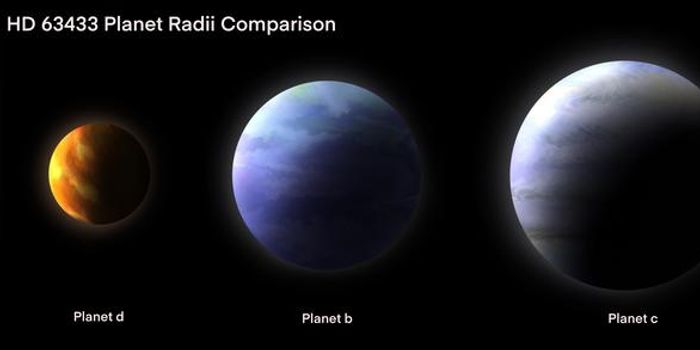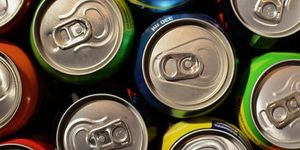Could artificial photosynthesis dispose of excess CO2 and produce fuel at the same time?
New research published in the journal Nature Communications highlights the potential of an unprecedented technology: artificial photosynthesis. But the wow-factor itself isn’t the end goal here. Researchers at the University of Illinois have been able to produce fuels via this artificial photosynthesis technology by using excess carbon dioxide to store solar energy in chemical bonds– a win-win, as far as the environment is concerned!
"The goal here is to produce complex, liquefiable hydrocarbons from excess CO2 and other sustainable resources such as sunlight," said Prashant Jain, a chemistry professor and co-author of the study. "Liquid fuels are ideal because they are easier, safer and more economical to transport than gas and, because they are made from long-chain molecules, contain more bonds -- meaning they pack energy more densely."
Jain and fellow researchers conduct the process of artificial photosynthesis using metal catalysts (gold nanoparticles work best) to absorb green light and transfer electrons and protons needed for chemical reactions between CO2 and water, essentially replacing what chlorophyll does naturally. Then comes the question of how to release the energy that is stored in the bonds of the hydrocarbon fuel without creating more carbon dioxide.
"There are more unconventional potential uses from the hydrocarbons created from this process," Jain commented in regards to the technology. "They could be used to power fuel cells for producing electrical current and voltage. There are labs across the world trying to figure out how the hydrocarbon-to-electricity conversion can be conducted efficiently," Jain said.
While this technology may have potential for the future, more research is needed in order to make it more efficient, say the authors. "We need to learn how to tune the catalyst to increase the efficiency of the chemical reactions," Jain said. "Then we can start the hard work of determining how to go about scaling up the process. And, like any unconventional energy technology, there will be many economic feasibility questions to be answered, as well."
Sources: Science Daily, Nature Communications
-
MAY 07, 2024Is It Anti-RNP or Anti-Sm/RNP?
- See More
-
APR 30, 2024Immuno-Oncology Virtual Event Series 2024
-
MAY 07, 20243rd International Biosecurity Virtual Symposium
-
JUN 06, 2024The Future of Scientific Conferencing
- See More


















































